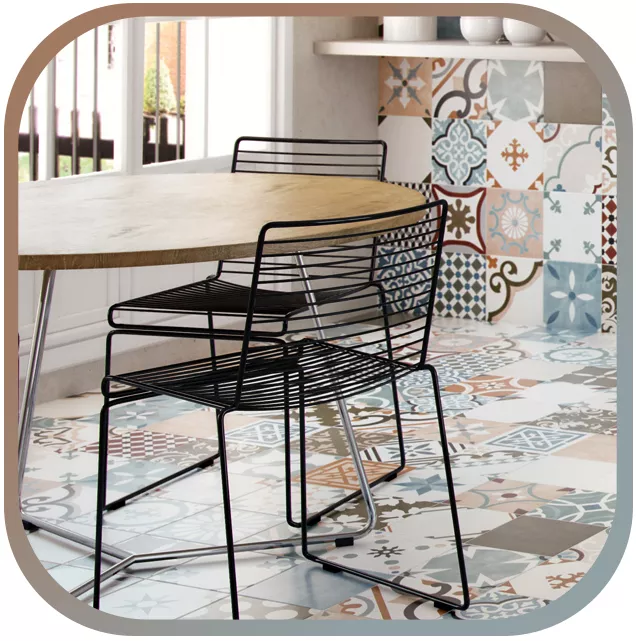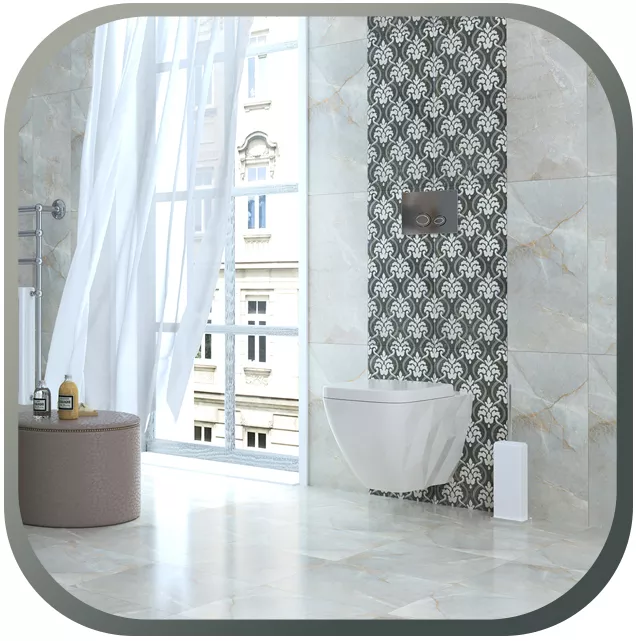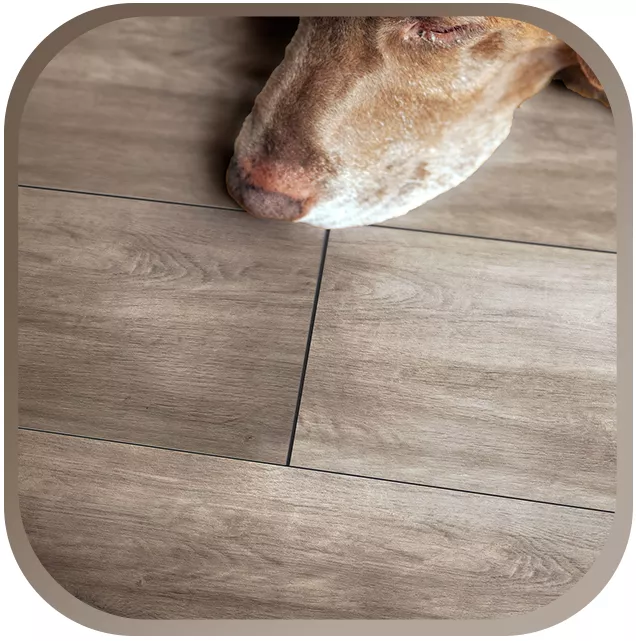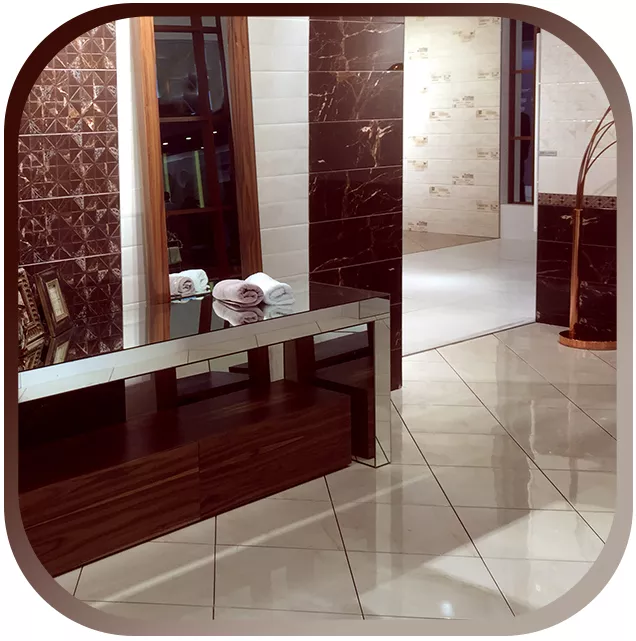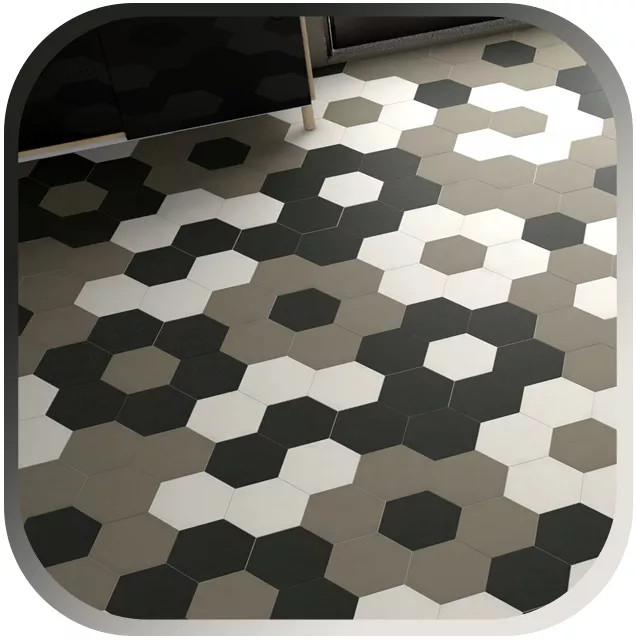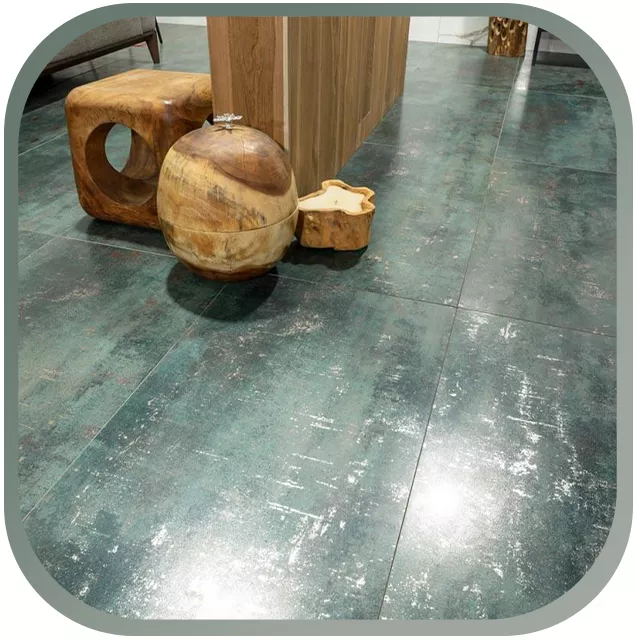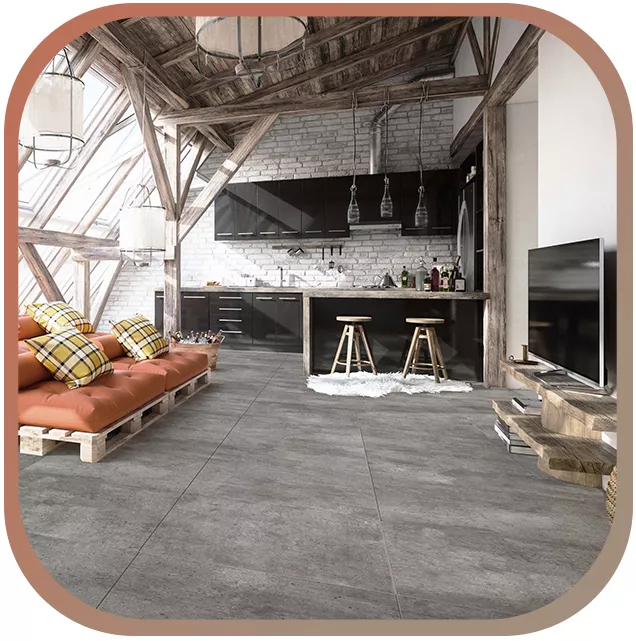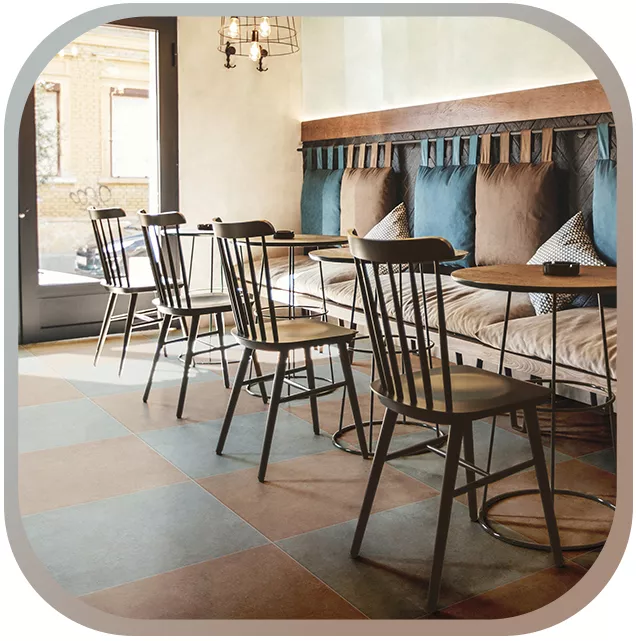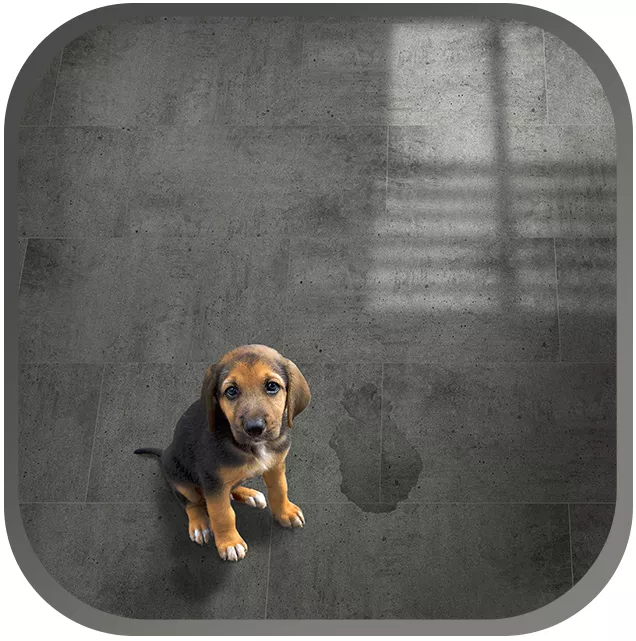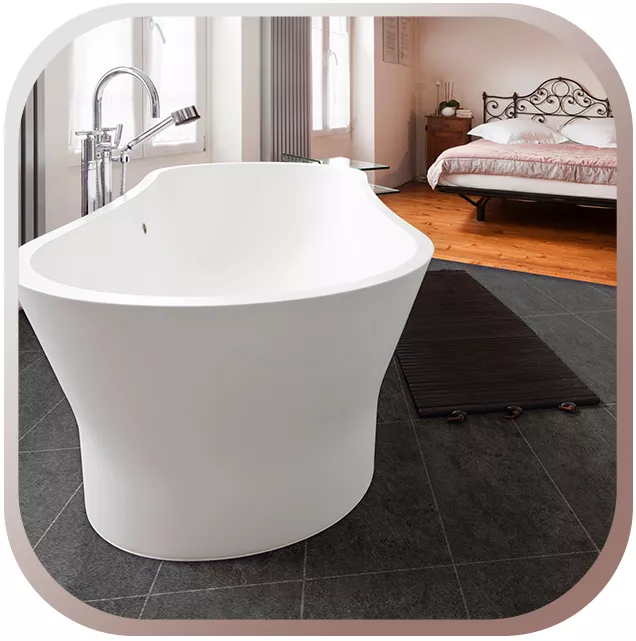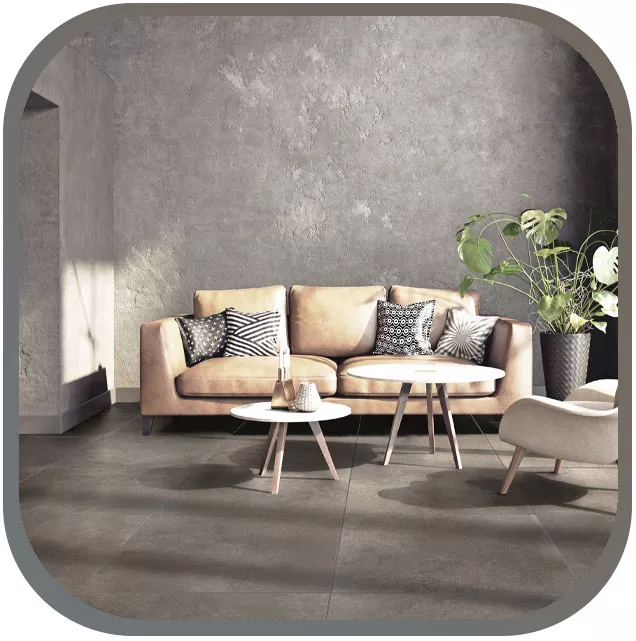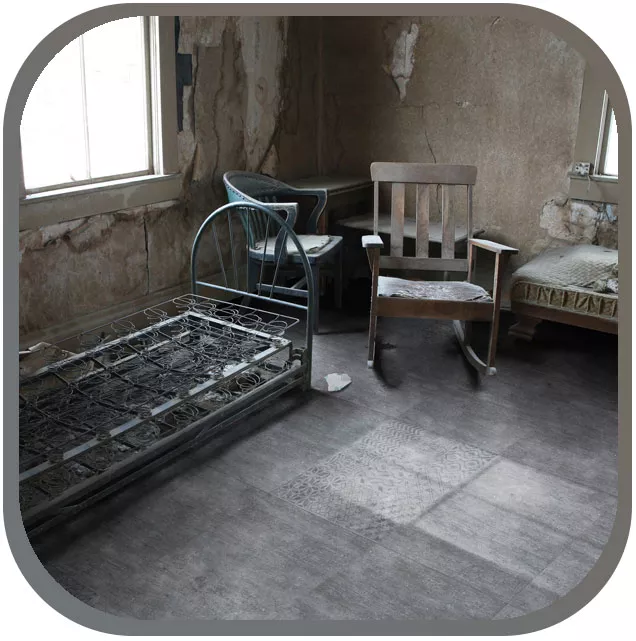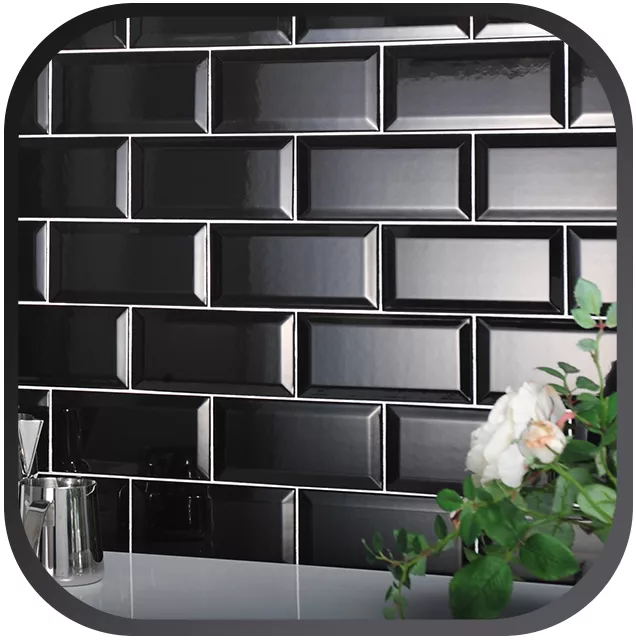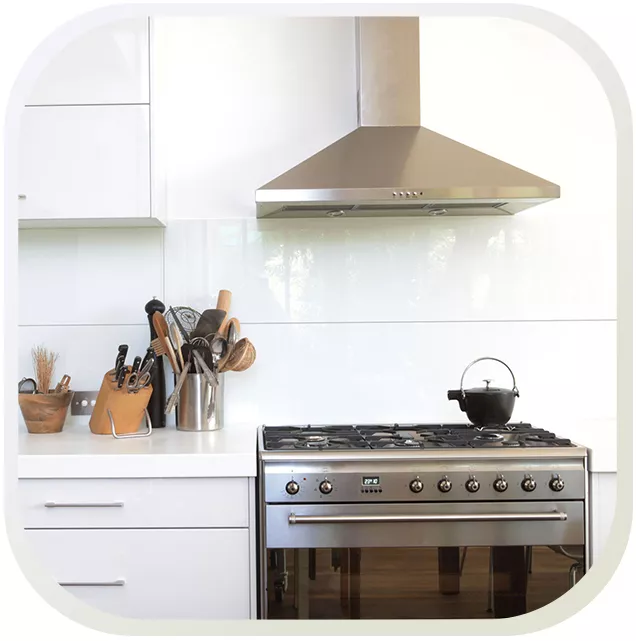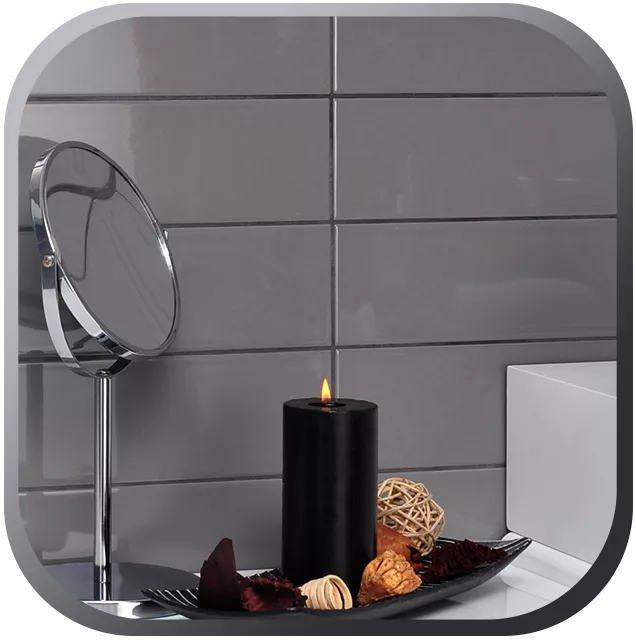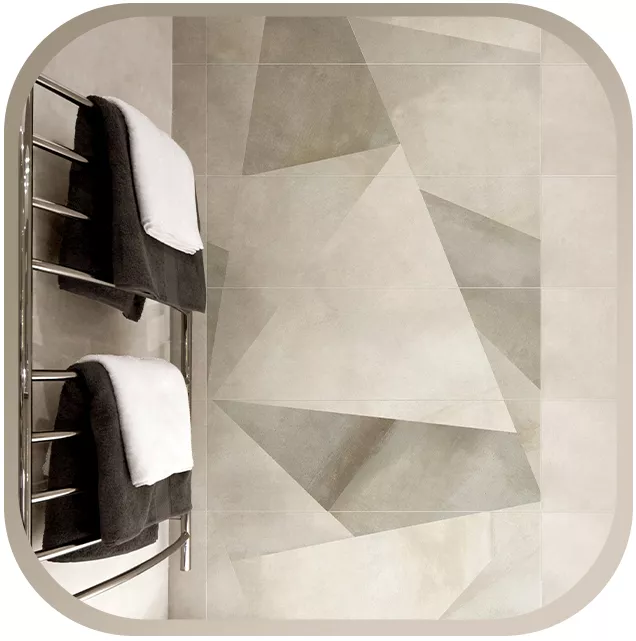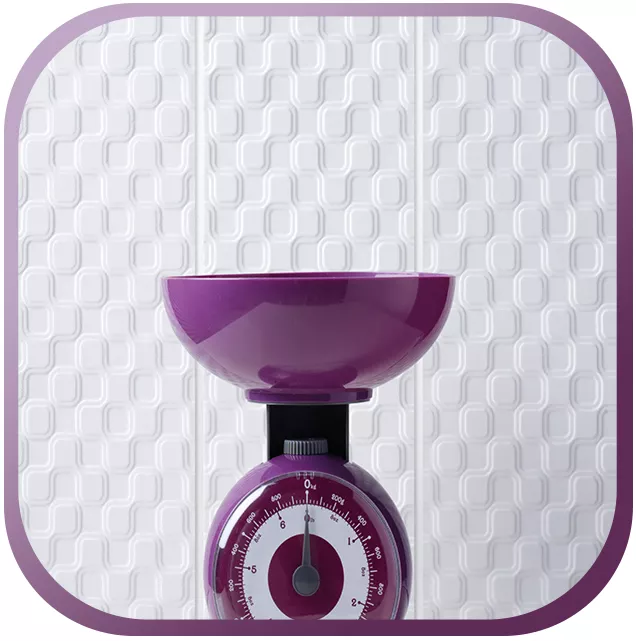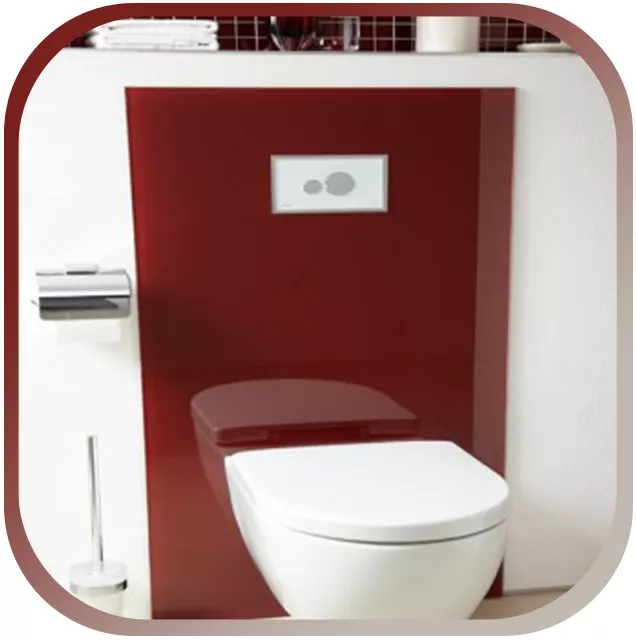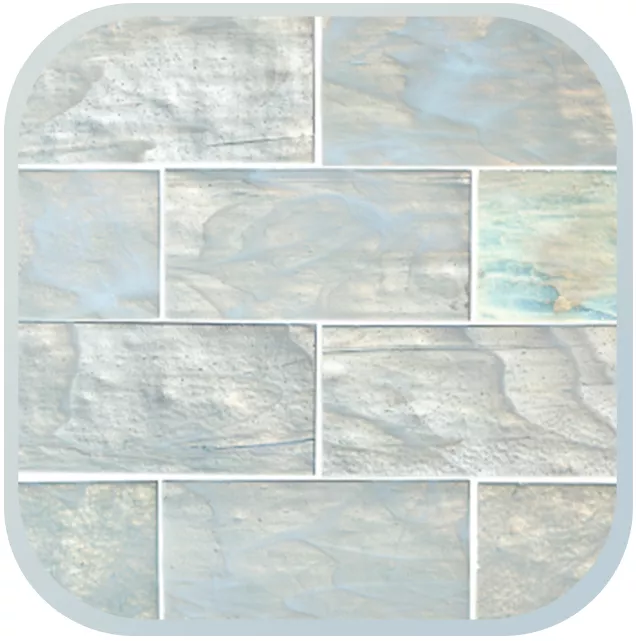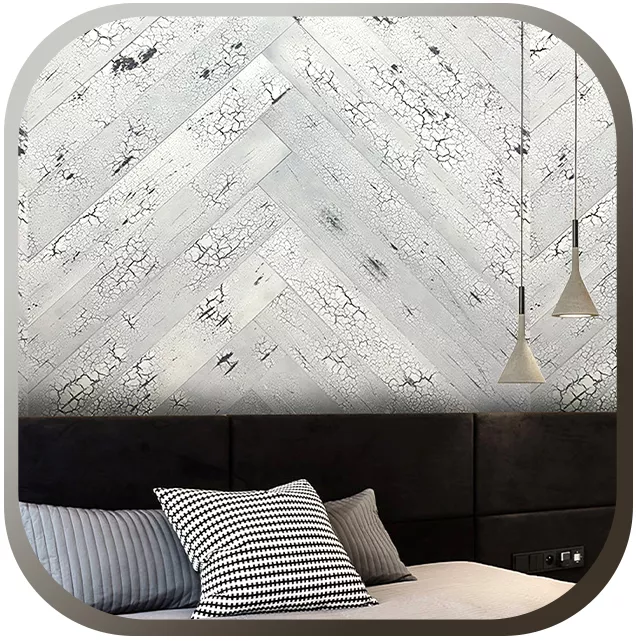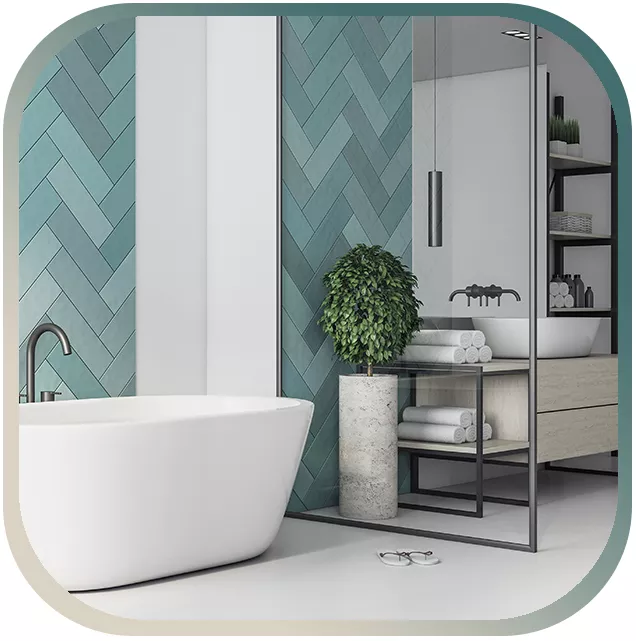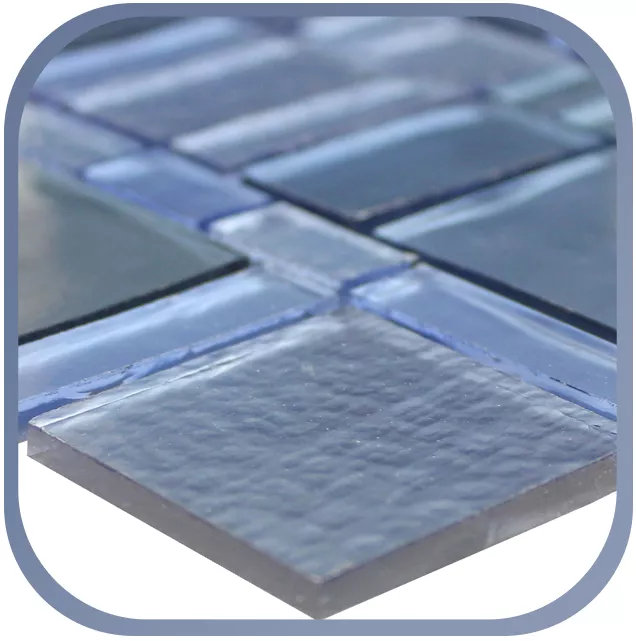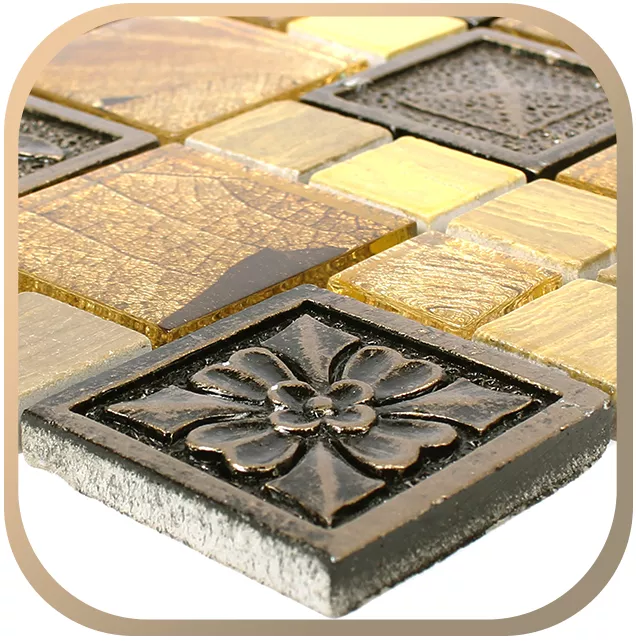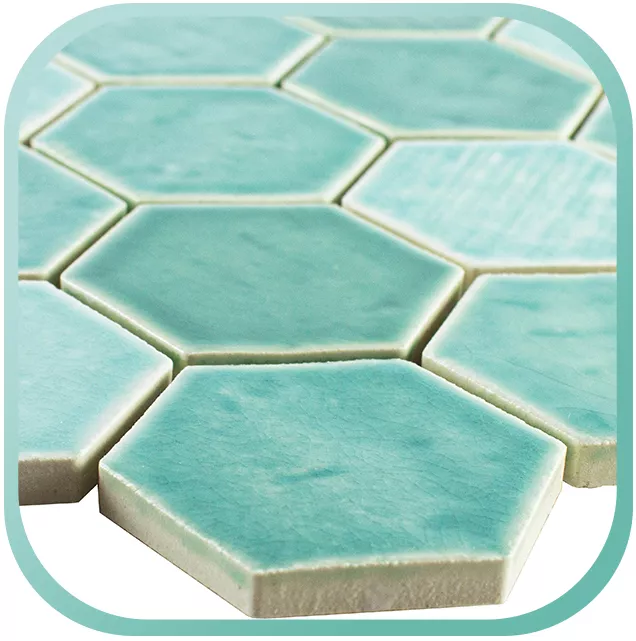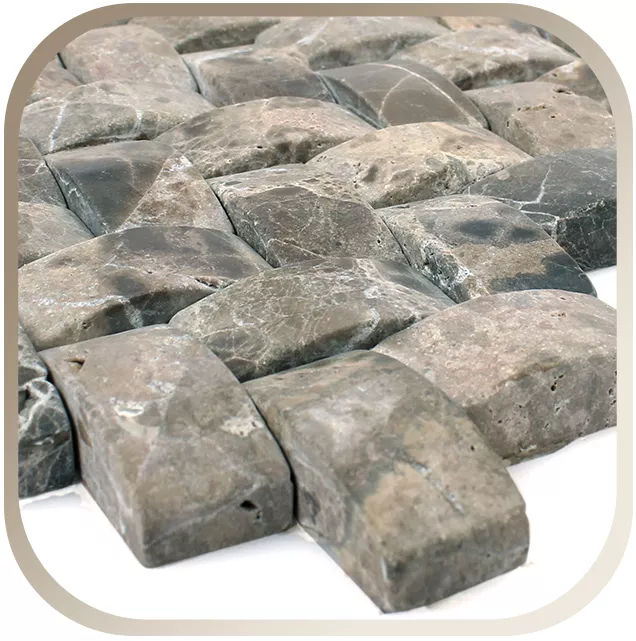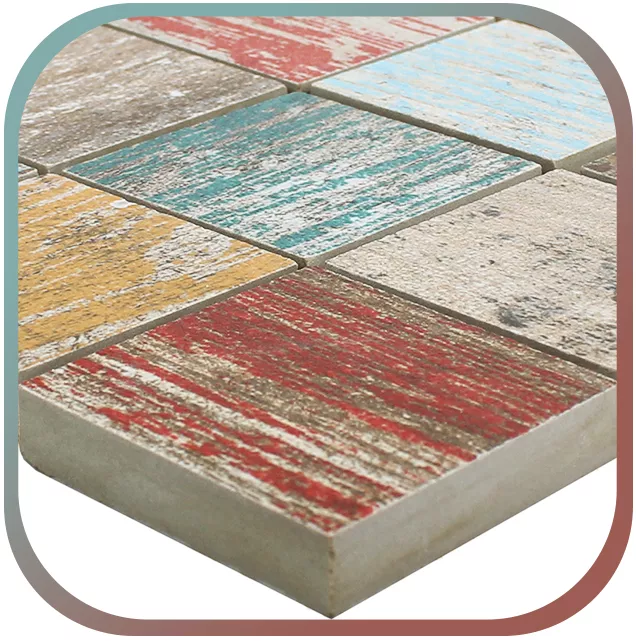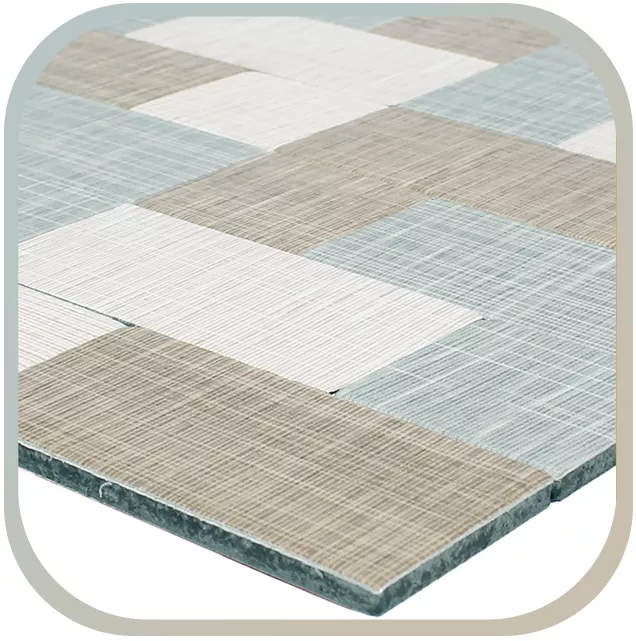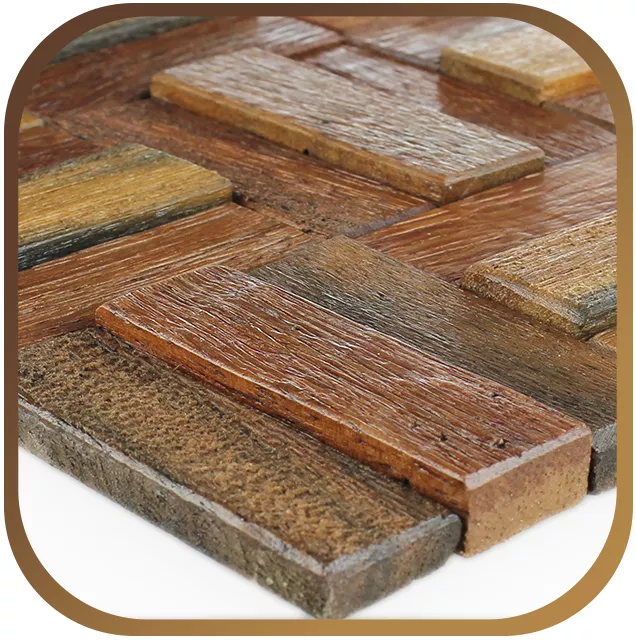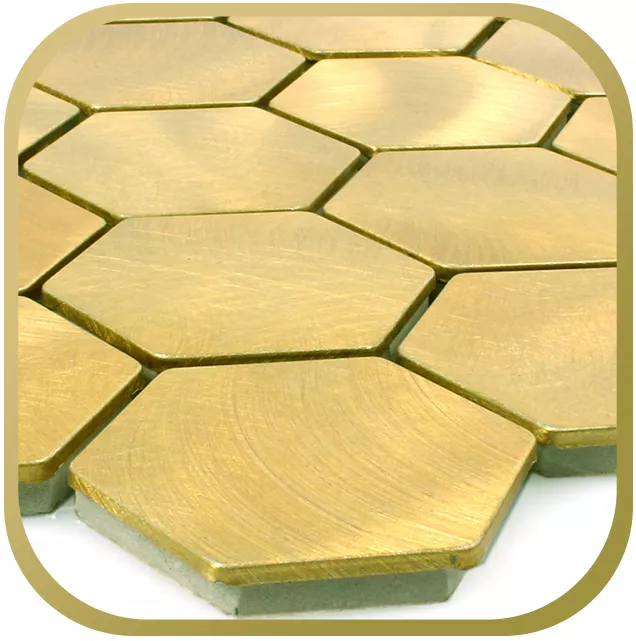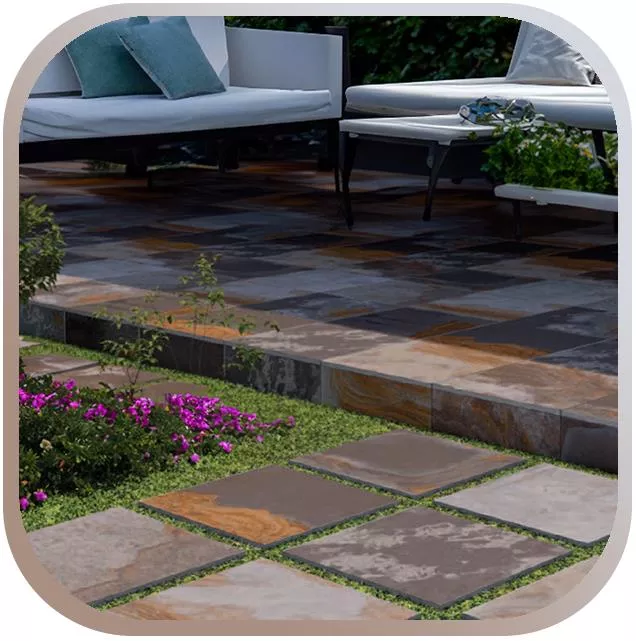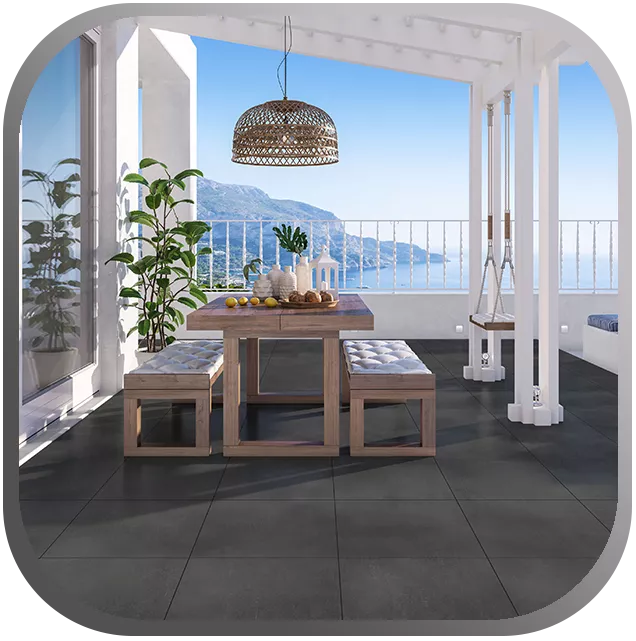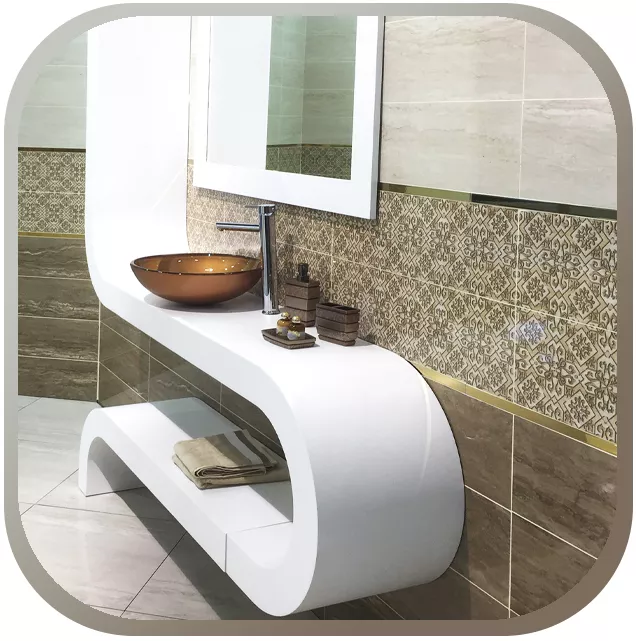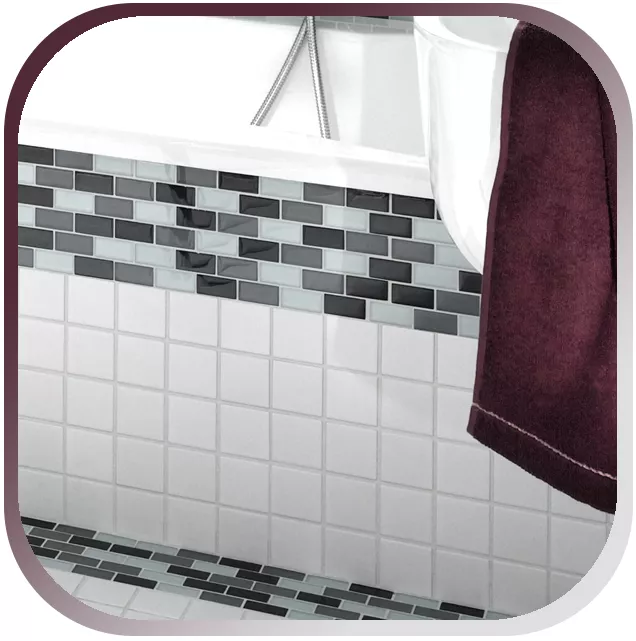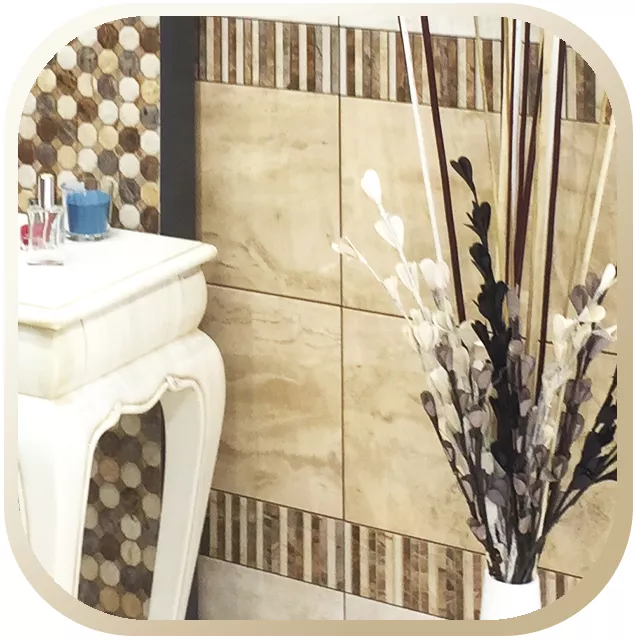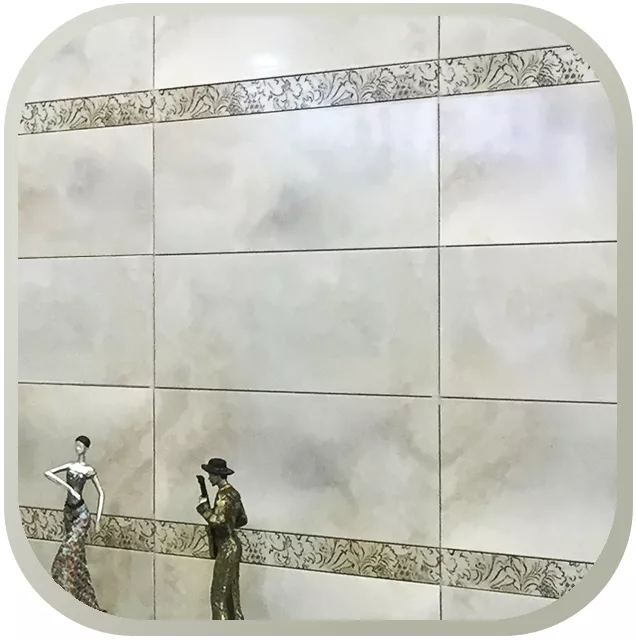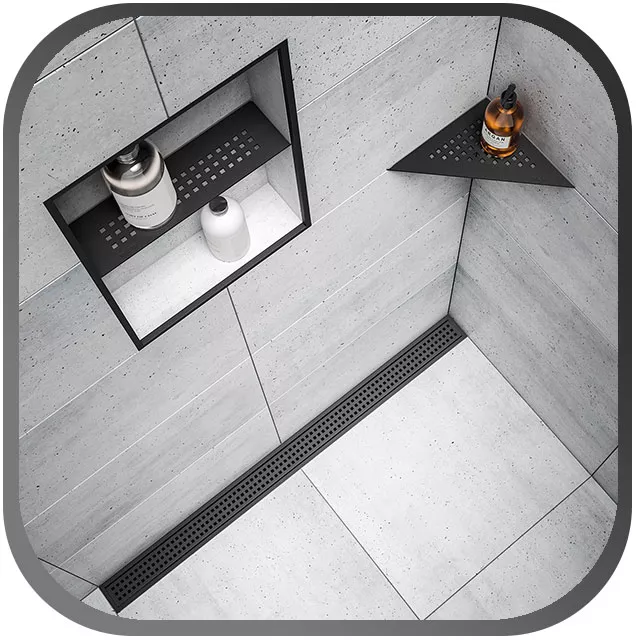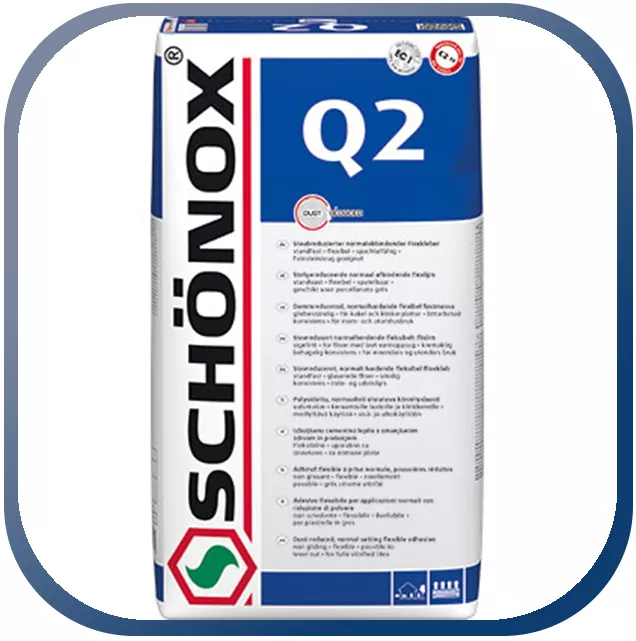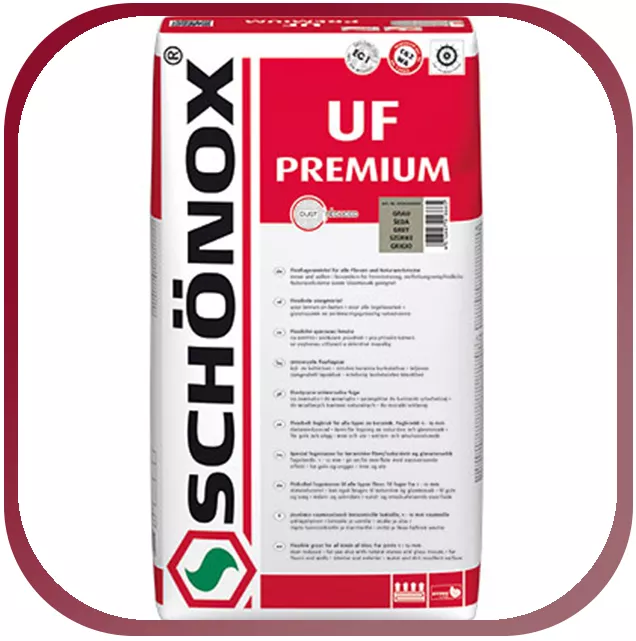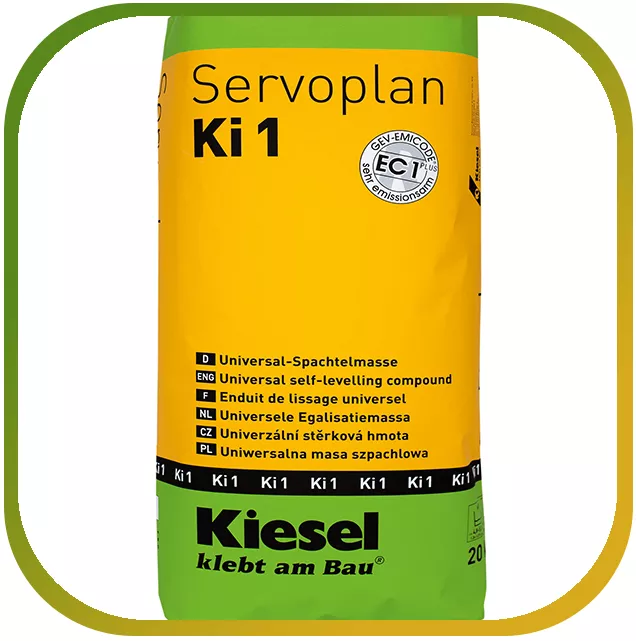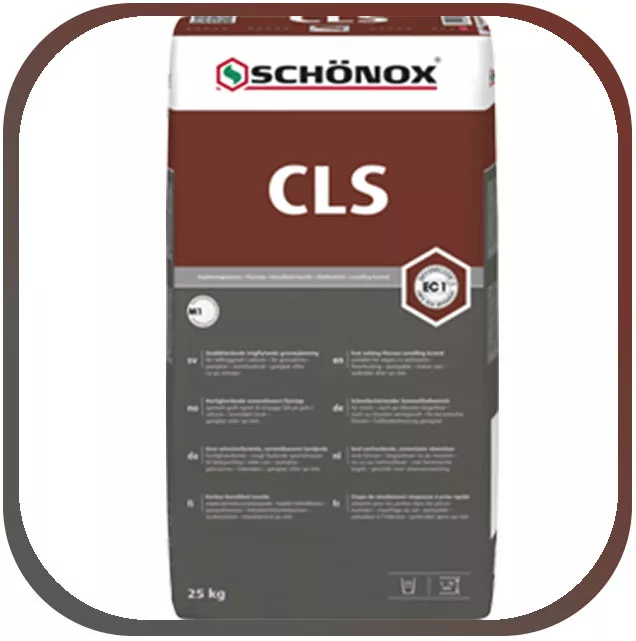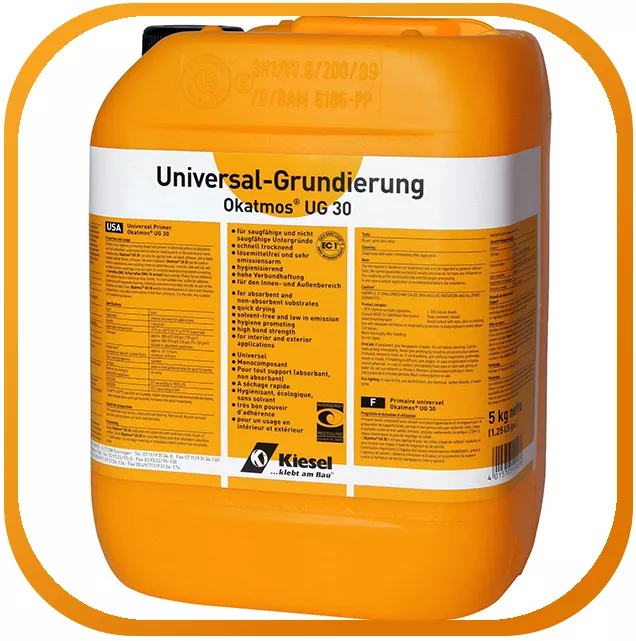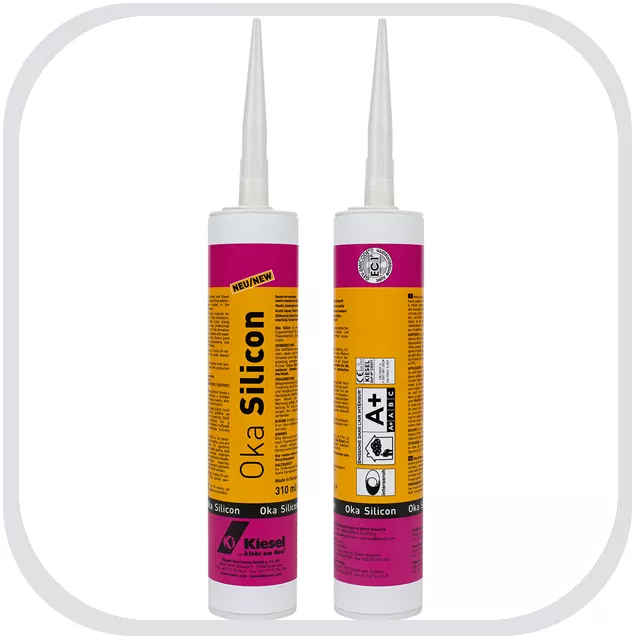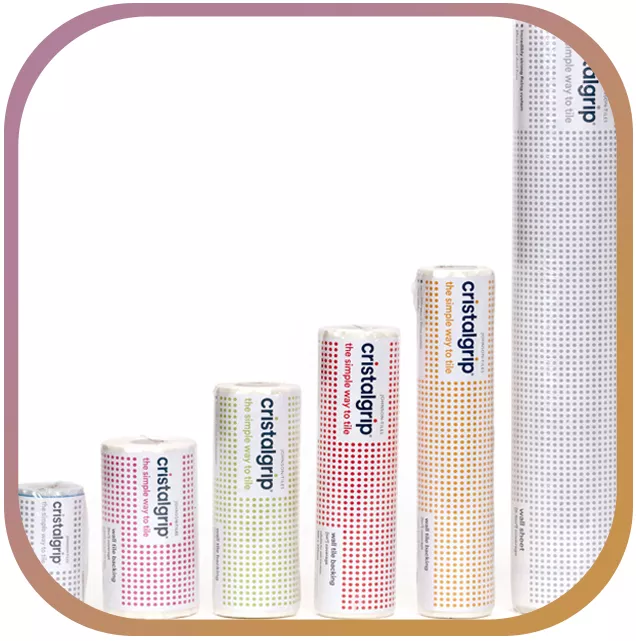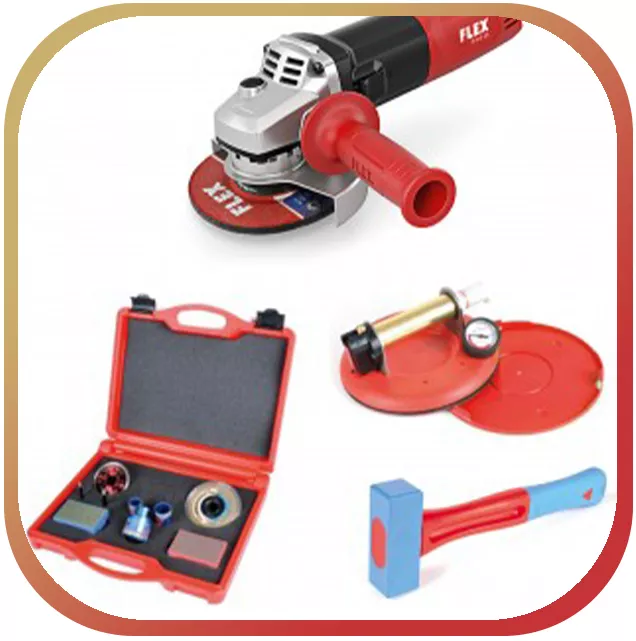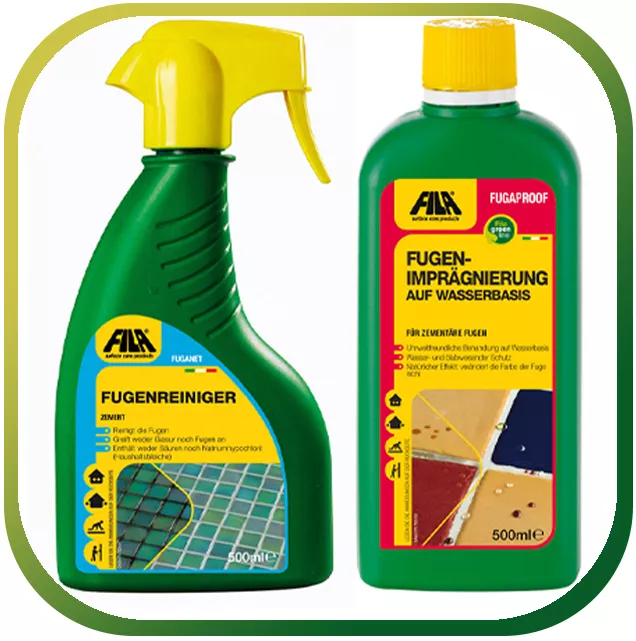The edges of stairs are often exposed to extreme mechanical loads. This increases the risk of an accident. A stair profile ensures a non-slip effect and at the same time improves the look of the stairs. The step edges are optimally protected from damage by a step profile.
At the same time, the stairs with tiles are secured against damage. Many stair profiles are not only slip-resistant, they can also be perfectly combined with modern light profile technology.
Step edges can be optically enhanced
Stair treads wear out quickly, especially at the step edges, if the stairs are subject to higher loads. But that's no reason to swap the stairs straight away. Rather, the step edges can be provided with a new stair profile. On the one hand, they ensure that the step edges are non-slip. On the other hand, old quirks and splinters are covered. Especially when children or elderly people live in the household, it must be ensured that the stair profile is non-slip. Brushed stainless steel prevents the foot or shoe from accidentally slipping over the edge of the step.
A stair profile offers many advantages
Many high quality stainless steel stair profiles are equipped with a special profile. They are intended for a safe and visually appealing design of step edges. A big advantage is that a stair profile can be added at any time. It does not matter whether it is made of natural stone or tiles. Some models are available without mounting legs or edge protection. If a step edge is to be made slip-resistant, then the step profile can be attached in a milled recess provided for this purpose or directly on the steps at a later date. The front edge of the steps is particularly protected by a stair profile. A fall with wet shoes can also be prevented with the help of a non-slip step surface. The edges ensure a high level of security. Suitable end caps are available as accessories for many profiles.
What should be considered when buying a stair profile?
On the one hand, of course, the right size is important. Since it is primarily a step profile for a stair nosing, the width is less important, but the length of the profiles. The installation of the stair professional is also very important. Many models can be attached with tile mortar and tile adhesive. If the covering material is placed on the step, the edge area above the riser should be fixed with a suitable adhesive. The cavities on the underside of the profile should also be filled with a little glue. If a thick layer of adhesive is needed to attach the stair profiles, a middle bed mortar can also be used. Many profiles can be fully pressed into the applied adhesive bed. Before they dry, they must be aligned so that the front edge of the profile covers the respective riser tile. Alternatively, it can also be flush.
Neat attachment of the stair profiles
Should a stair profile be completely glued or be aligned, the front edge must lie perfectly against the vertical step surface. So that the profiles hold well, they should be cleaned in advance. In addition, it must be ensured that a joint of 2 mm is left to the profile. This joint must be filled with a joint mortar.
Step edges can be optically enhanced
Stair treads wear out quickly, especially at the step edges, if the stairs are subject to higher loads. But that's no reason to swap the stairs straight away. Rather, the step edges can be provided with a new stair profile. On the one hand, they ensure that the step edges are non-slip. On the other hand, old quirks and splinters are covered. Especially when children or elderly people live in the household, it must be ensured that the stair profile is non-slip. Brushed stainless steel prevents the foot or shoe from accidentally slipping over the edge of the step.
A stair profile offers many advantages
Many high quality stainless steel stair profiles are equipped with a special profile. They are intended for a safe and visually appealing design of step edges. A big advantage is that a stair profile can be added at any time. It does not matter whether it is made of natural stone or tiles. Some models are available without mounting legs or edge protection. If a step edge is to be made slip-resistant, then the step profile can be attached in a milled recess provided for this purpose or directly on the steps at a later date. The front edge of the steps is particularly protected by a stair profile. A fall with wet shoes can also be prevented with the help of a non-slip step surface. The edges ensure a high level of security. Suitable end caps are available as accessories for many profiles.
What should be considered when buying a stair profile?
On the one hand, of course, the right size is important. Since it is primarily a step profile for a stair nosing, the width is less important, but the length of the profiles. The installation of the stair professional is also very important. Many models can be attached with tile mortar and tile adhesive. If the covering material is placed on the step, the edge area above the riser should be fixed with a suitable adhesive. The cavities on the underside of the profile should also be filled with a little glue. If a thick layer of adhesive is needed to attach the stair profiles, a middle bed mortar can also be used. Many profiles can be fully pressed into the applied adhesive bed. Before they dry, they must be aligned so that the front edge of the profile covers the respective riser tile. Alternatively, it can also be flush.
Neat attachment of the stair profiles
Should a stair profile be completely glued or be aligned, the front edge must lie perfectly against the vertical step surface. So that the profiles hold well, they should be cleaned in advance. In addition, it must be ensured that a joint of 2 mm is left to the profile. This joint must be filled with a joint mortar.

